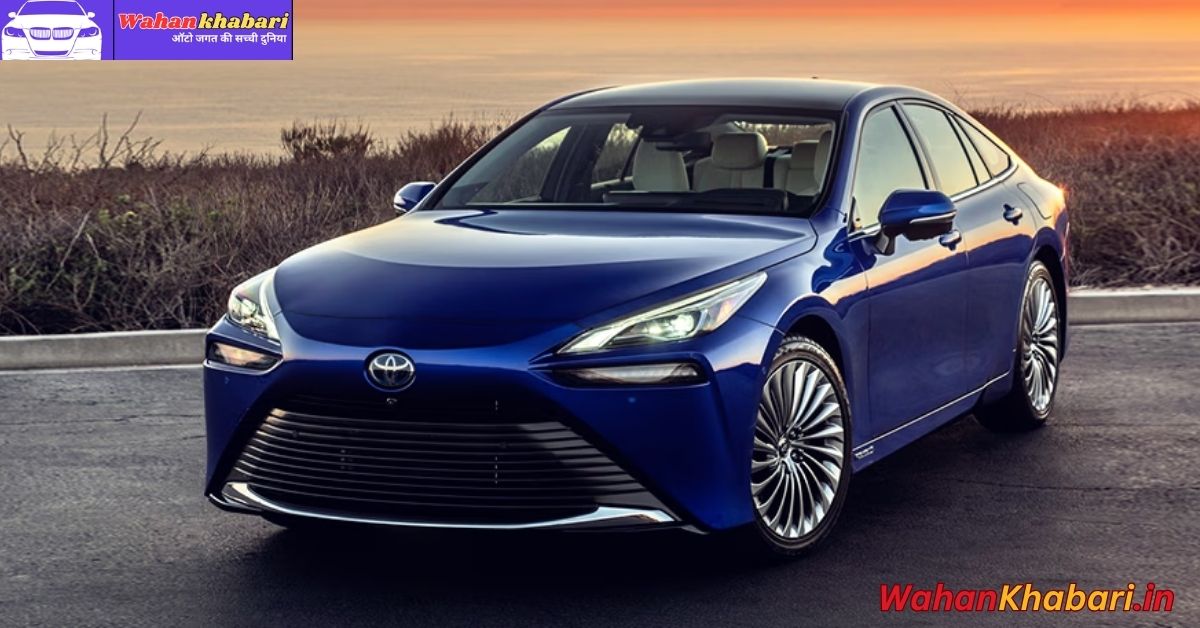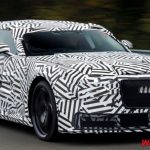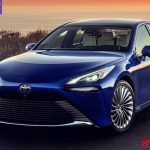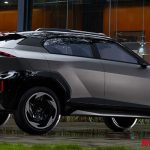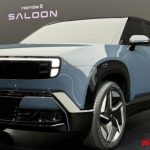In the ever-evolving landscape of sustainable mobility, few vehicles have captured attention quite like the Toyota Mirai. As one of the only mass-produced hydrogen fuel cell electric vehicles (FCEVs) on the market, the Mirai has long been a symbol of Toyota’s commitment to alternative energy. But in 2025, the Mirai finds itself at the center of both technological praise and legal controversy—making it one of the most talked-about cars of the year.
A Streamlined Vision for Hydrogen Mobility
For 2025, Toyota has simplified the Mirai lineup, offering a single XLE trim that retains the sedan’s signature 402-mile range. This “mono-grade strategy” reflects a shift toward efficiency and accessibility, bundling more standard features into one package. The Mirai’s sleek design, quiet ride, and zero tailpipe emissions continue to appeal to eco-conscious drivers seeking a futuristic driving experience without compromising comfort or performance.
Toyota’s hydrogen ambitions don’t stop with the Mirai. The company has announced plans to introduce fuel cell technology in the next-generation Corolla, signaling a broader commitment to hydrogen as “the energy of the future”. While many automakers pivot toward battery electric vehicles (BEVs), Toyota remains one of the few major players doubling down on hydrogen propulsion.
Innovation Meets Infrastructure Challenges
Despite its promise, the Mirai faces significant hurdles—chief among them, hydrogen infrastructure. With only 74 public hydrogen stations in the U.S., most clustered in California, refueling remains a logistical challenge for many potential buyers. High fuel costs and limited access have raised questions about the practicality of hydrogen cars outside select regions.
Yet Toyota is actively working to address these concerns. At the University of Texas at Austin, a new ride-share program using second-gen Mirai sedans is helping students and faculty experience hydrogen mobility firsthand. The initiative, powered by the Hydrogen ProtoHub and Texas’s only public hydrogen dispenser, aims to collect real-world data, train future engineers, and promote clean energy adoption.
Legal Storm Clouds Over Toyota’s Hydrogen Strategy
While Toyota’s technological strides are impressive, the company is currently weathering a legal storm that could reshape public perception of the Mirai. A $5.7 billion RICO lawsuit filed in California accuses Toyota of organized fraud, alleging that the automaker concealed serious safety defects in the Mirai’s hydrogen system. According to the complaint, contaminated hydrogen led to the destruction of 75 vehicles, and plaintiffs claim Toyota knowingly misled consumers and regulators.
The lawsuit, brought by the Ingber Law Group, invokes the Racketeer Influenced and Corrupt Organizations Act—a law originally designed to prosecute organized crime. The allegations are sweeping and severe, painting a picture of systemic deception within Toyota’s hydrogen division. While the case is still unfolding, it has cast a shadow over the Mirai’s reputation and raised broader questions about the safety and oversight of hydrogen technology.
The Road Ahead: Promise and Peril
The 2025 Toyota Mirai stands at a crossroads. On one hand, it represents a bold vision for clean transportation, offering zero emissions and a driving experience that rivals traditional luxury sedans. On the other, it faces real-world challenges—from infrastructure limitations to legal scrutiny—that threaten to stall its momentum.
Toyota’s unwavering belief in hydrogen as a cornerstone of future mobility is admirable, especially in an industry increasingly dominated by lithium-ion batteries. The Mirai’s continued evolution, including plans for a more efficient fuel cell system and expanded applications in heavy-duty vehicles, shows that Toyota is playing the long game.
But for hydrogen to truly take off, it will require more than just innovative cars. It demands a robust refueling network, transparent safety standards, and public trust—elements that are currently in flux. Whether the Mirai becomes a trailblazer or a cautionary tale will depend not just on Toyota’s engineering prowess, but on its ability to navigate the complex terrain of public perception, legal accountability, and infrastructure development.
In the meantime, the Mirai remains a fascinating case study in automotive ambition—a car that dares to challenge the status quo, even as it grapples with the realities of pioneering a new fuel frontier.

Hello, my name is Muskan Kumari and I am an experienced Digital Marketer. I have been blogging for the last 3 years and I have special interest in SEO. Here I give you easy bikes and writes easy-to-understand reviews and news about the latest bikes, helping readers choose the best options.. My aim is to always provide you with accurate, new and useful information.
